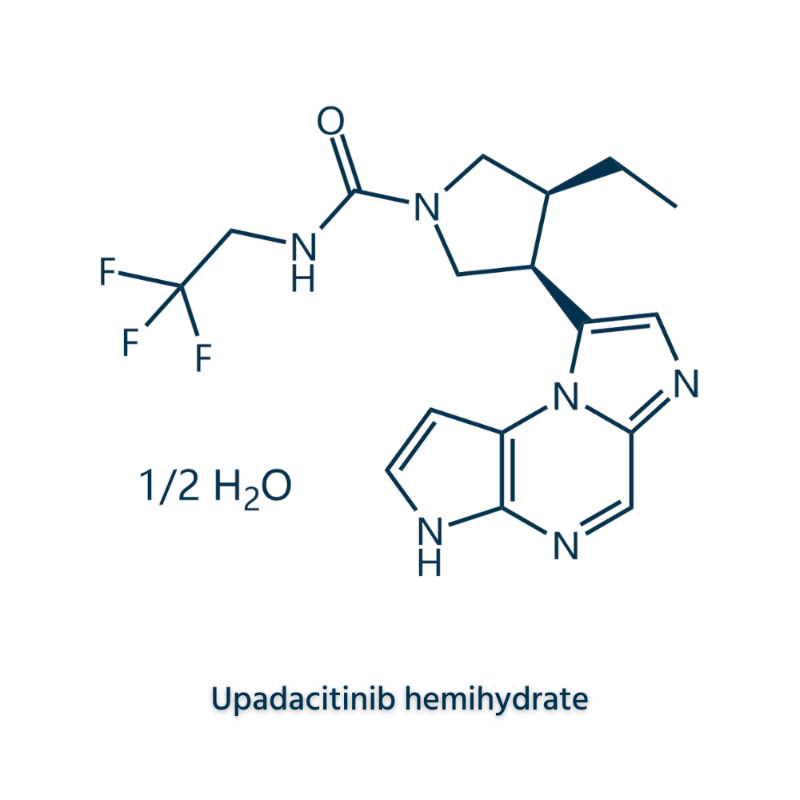-
Categories
-
Pharmaceutical Intermediates
-
Active Pharmaceutical Ingredients
-
Food Additives
- Industrial Coatings
- Agrochemicals
- Dyes and Pigments
- Surfactant
- Flavors and Fragrances
- Chemical Reagents
- Catalyst and Auxiliary
- Natural Products
- Inorganic Chemistry
-
Organic Chemistry
-
Biochemical Engineering
- Analytical Chemistry
-
Cosmetic Ingredient
- Water Treatment Chemical
-
Pharmaceutical Intermediates
Promotion
ECHEMI Mall
Wholesale
Weekly Price
Exhibition
News
-
Trade Service
Hypopharyngeal carcinoma is a rare form of head and neck squamous cell carcinoma (SCC) that is advanced in about 80% of patients at the time
of diagnosis.
The prognosis for this cancer is poor, with a 5-year overall survival rate of about 30-40%.
Several studies have shown that induction chemotherapy (IC) with docetaxel, cisplatin, and 5-fluorouracil (TPF) regimens can improve patients' quality of life
.
According to the National Comprehensive Cancer Network (NCCN) guidelines, TPF is one of
the recommended therapies for locally advanced hypopharyngeal cancer (LAHC).
In June 2008, the institute began implementing a modified TPF (mTPF) IC for hypopharyngeal carcinoma using two cycles of docetaxel, nidaplatin, and 5-fluorouracil
.
A good response to IC is a marker of suitable laryngeal retention and an independent predictor of survival prognosis
.
Unfortunately, not all patients respond well
to IC.
Therefore, identifying pre-IC responders and non-responders is critical
to choosing a personalized treatment strategy.
At present, contrast enhanced computed tomography (CECT) or magnetic resonance imaging (MRI) is routinely used in clinical practice for pre-treatment diagnosis and staging
of hypopharyngeal cancer.
Radiomics analysis is a promising method for image data mining that can be used for prognostic assessment and prediction
of efficacy.
Studies have shown that CT image features can predict progression-free survival (PFS)
in hypopharyngeal cancer patients undergoing chemotherapy.
Recently, a study published in the journal European Radiology explored the value of CT-based radiomics features in predicting the response of LAH patients to IC and stratifying the risk of PFS, providing a non-invasive, accurate and convenient imaging method
for risk stratification and prognosis assessment of patients with LABC in clinical practice.
A total of 112 patients with LABC (78 in the training cohort and 34 in the validation cohort) were enrolled, each of whom underwent contrast-enhanced CT (CECT) scans
prior to IC.
Use the Minimum Absolute Contraction and Selection Operator (LASSO) to select key radiomic features
in the training cohort.
Radiomic features and clinical data are used to construct radiomic nomograms to predict an individual's response
to IC.
Kaplan-Meier analysis and log-rank tests are used to assess the ability
of radiomic features in progression-free survival risk stratification.
The radiomic features consist of 6 selected features of the arterial and venous phases from CECT images and show good performance
in predicting IC responses in both cohorts.
Radiomic nomograms showed good discriminant performance, with the C index of the nomogram being 0.
899 (95% confidence interval (CI), 0.
831-0.
967) and 0.
775 (95% CI, 0.
591-0.
959)
in the training and validation groups, respectively.
Survival analysis showed a significant difference in PFS between low- and high-risk groups, as defined by radiomic signatures (3-year PFS 66.
4% versus 29.
7%, p < 0.
001).
Map the distribution and performance
of radiomic features.
a Distribution
of RAD scores in the training cohort.
b Verify the distribution
of RAD scores in the cohort.
c ROC curve for rad scores in the training and validation cohort
In this study, a radiomics model based on the radiomic features of pre-treatment CT is proposed, which can be used to detect IC responses
in patients with LACC.
This study shows that this CT-based radiomics model provides a clinically valuable imaging tool
for guiding individual treatment and risk stratification of patients with LAC treated with IC.
Original source:
Xiaobin Liu,Miaomiao Long,Chuanqi Sun,et al.
CT-based radiomics signature analysis for evaluation of response to induction chemotherapy and progression-free survival in locally advanced hypopharyngeal carcinoma.
DOI:10.
1007/s00330-022-08859-4







